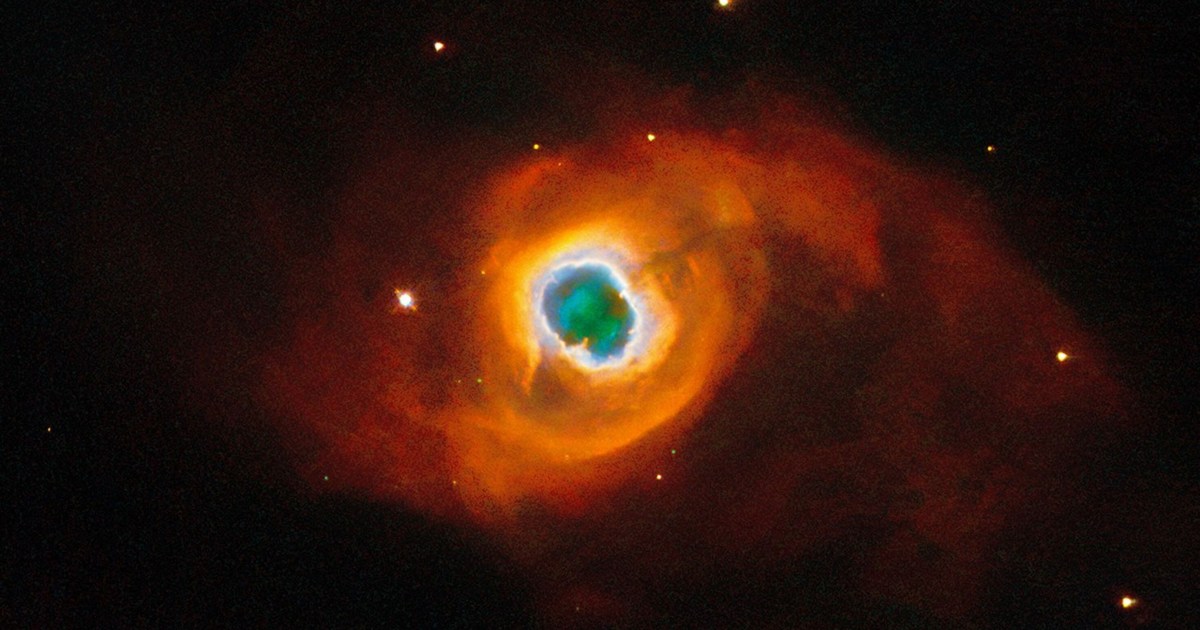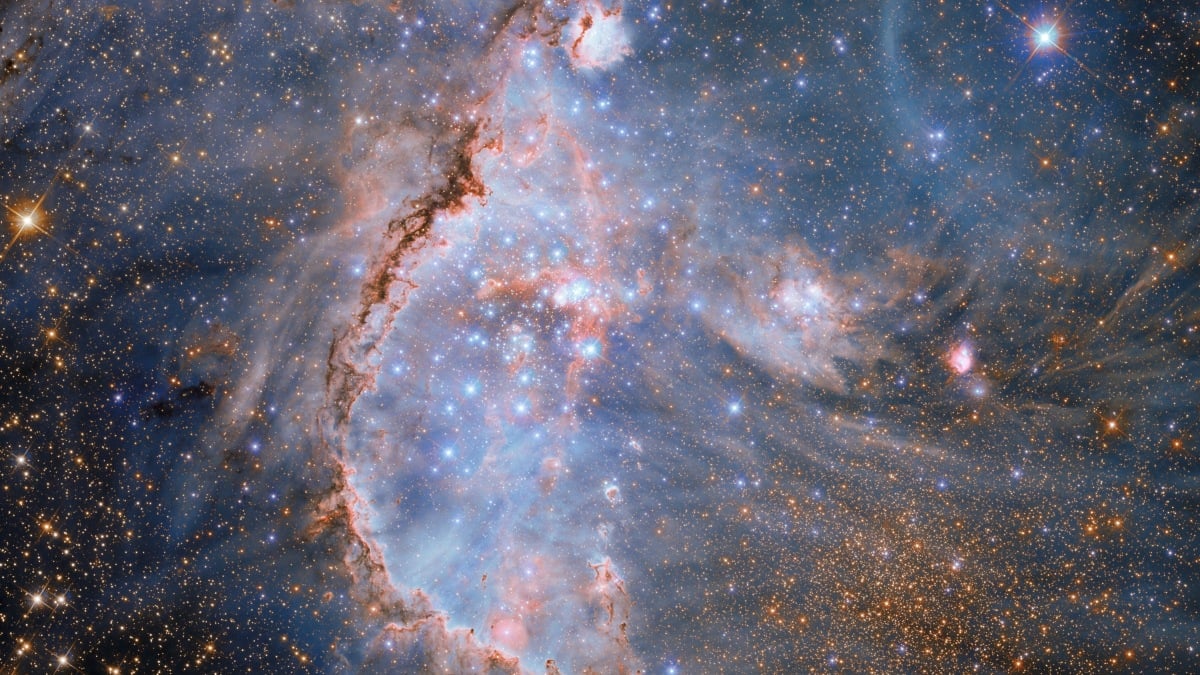
The stunning nebula seen through one of Hubble's instruments.
Hubble has recorded the stunning aftermath of a star explosion.
A recent image captured by the Hubble Space Telescope showcases the beauty of the planetary nebula Kohoutek 4-55. This phenomenon arises when a star reaches the end of its life cycle, a process that, while destructive, gives rise to stunning formations.
Despite its name, planetary nebulae have no relation to planets. This term was coined by ancient astronomers who, when observing round objects through telescopes, mistook them for distant planets. In reality, they are clouds of gas and dust generated by dying stars. Kohoutek 4-55 is located in the Milky Way, approximately 4,600 light-years from Earth. The different hues present in the image represent the elements that the star expelled at the moment of its death.
NASA describes planetary nebulae as the spectacular final display of massive stars. Once a red giant star has exhausted its fuel, it sheds its outer layers, and its core contracts, leading to a final explosion of nuclear fusion. This exposed core reaches very high temperatures, emitting ultraviolet light that ionizes the atoms in the gas clouds, producing an intense glow. In the image, the colors red and orange correspond to nitrogen, green to hydrogen, and blue to oxygen.
The structure of Kohoutek 4-55 is unique, as it exhibits several layers appearing as rings of different colors. This phase is ephemeral compared to a star's life; within a few tens of thousands of years, the bright clouds will dissipate, leaving only the stellar core, which will become a white dwarf.
Additionally, this image holds special significance for Hubble, as it is the last to use data from one of its instruments, the Wide Field and Planetary Camera 2. Although this device was replaced by the Wide Field Camera 3 in 2009, its data continued to be used for the last 16 years, processed with modern techniques to create this stunning image.




